
The best neuroscience articles from June 2017
This month’s collection of the best neuroscience articles includes ten articles from around the web about newly released neuroscience research and advances in experimental techniques. Happy reading!
1. A non-invasive method for deep brain stimulation
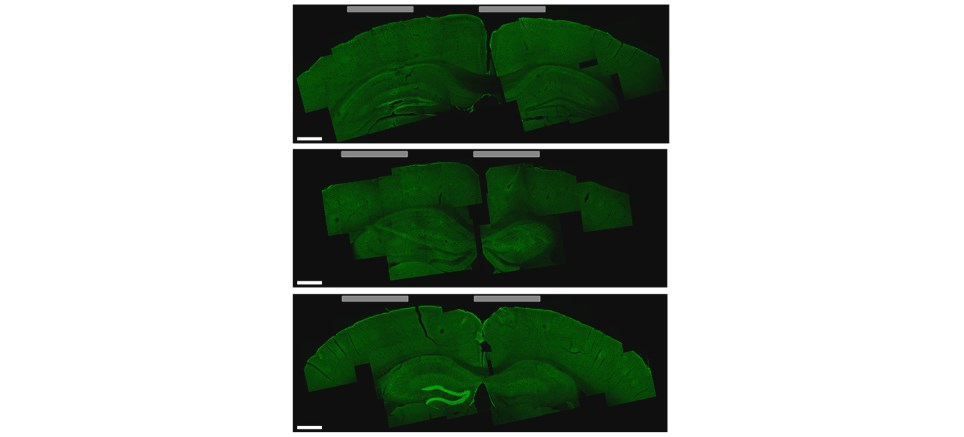 Credit: MIT
Credit: MITMIT researchers develop a non-invasive method to stimulate specific neurons deep within the brain that could be used to help treat diseases such as Parkinson’s.
“With the ability to stimulate brain structures noninvasively, we hope that we may help discover new targets for treating brain disorders,” says the paper’s lead author, Nir Grossman
Keep stimulated
2. A star is born: lesser-known brain cell takes centre stage
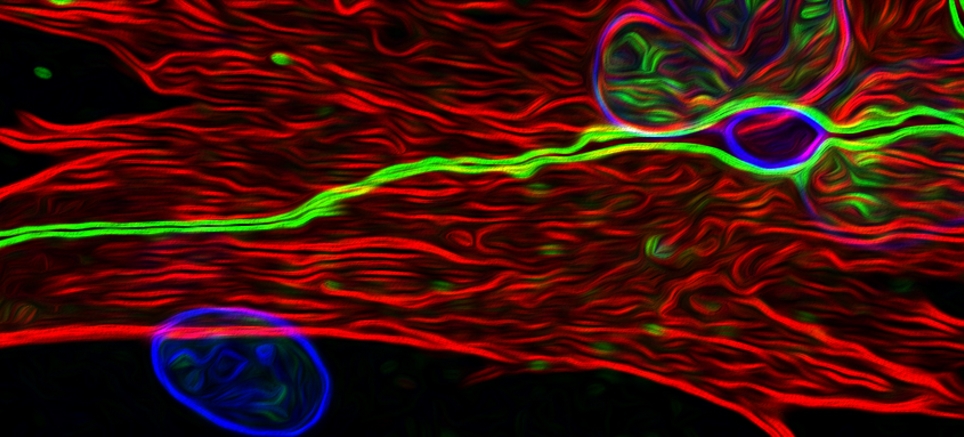 Credit: Salk Institute
Credit: Salk InstituteThe importance of astrocytes to brain function has become more evident as researchers begin to concentrate on their structure and physiology. A new method to efficiently grow human astrocytes in a dish, created at The Salk Institute should help advance studies of stroke, Alzheimer’s and depression.
Stars in a dish
3. Scientists improve people's creativity through electrical brain stimulation
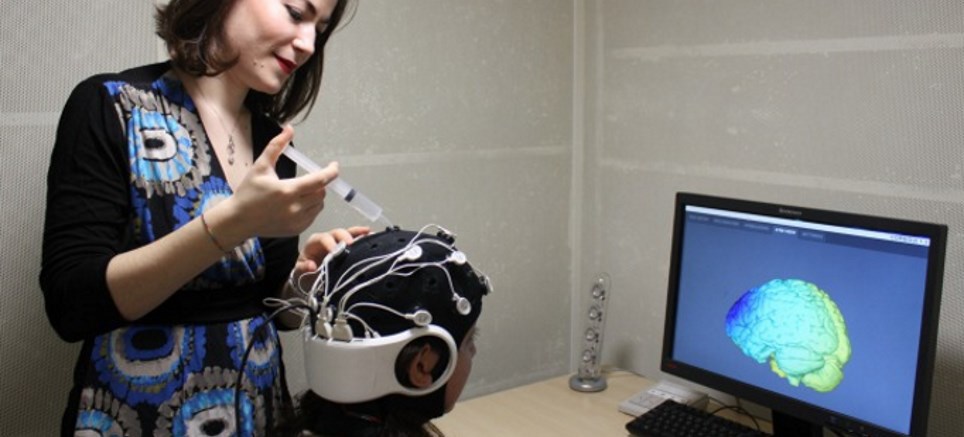 Credit: QMUL
Credit: QMULBy temporarily suppressing activity in the left dorsolateral prefrontal cortex (DLPFC) with transcranial direct current stimulation, researchers at Queen’s Mary University of London have helped improve people’s creativity.
Participants given the intervention were better at creative problem-solving than those who received no treatment or whose DLPFC was activated.
Get creative
4. Overriding the urge to sleep
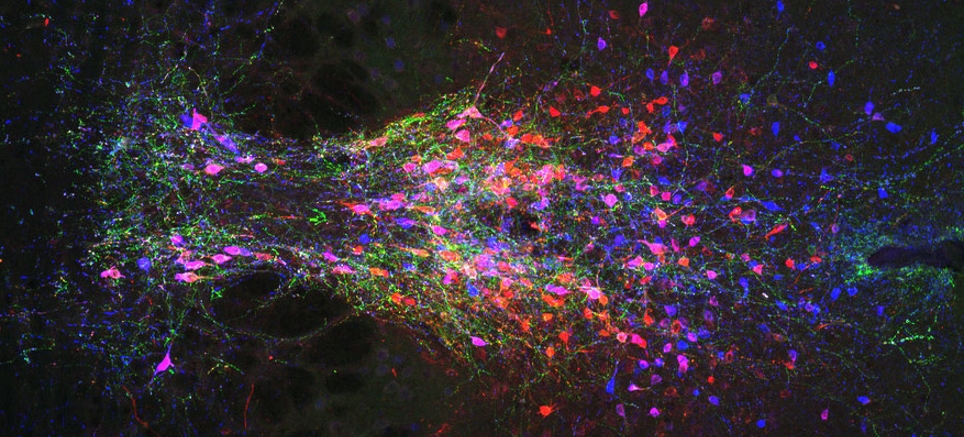 Credit: Gradinaru Laboratory/Caltech
Credit: Gradinaru Laboratory/CaltechResearch from Caltech identifies the neural circuit in the brain that controls wakefulness. This group of neurons helps us to stay awake when it matters most, and the findings have implications for sleep related disorders such as insomnia, oversleeping, neuropsychiatric disorders and depression.
Stay awake
5. Georgia State neuroscientists rewire brain of one species to have connectivity of another
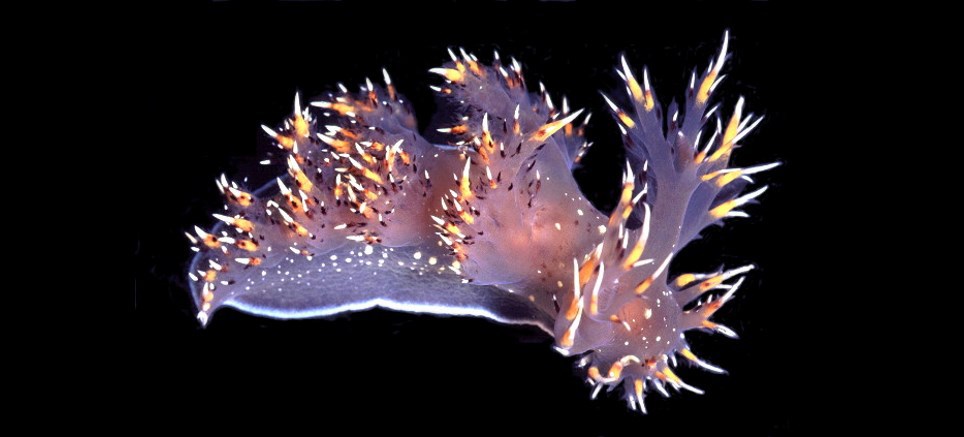 Credit: Bruce Wright
Credit: Bruce WrightScientists rewired the neural circuit of one species to give it the connections of another species and test a hypothesis about the evolution of neural circuits and behaviour.
“Behaviours that are homologous and similar in form would naturally be assumed to be produced by similar neural mechanisms,” said Professor Paul Katz. “This and previous studies show that connectivity of the neural circuits of two different species of sea slugs differ substantially from each other despite the presence of homologous neurons and behaviours.”
Rewire a brain
6. Can a single exercise session benefit your brain?
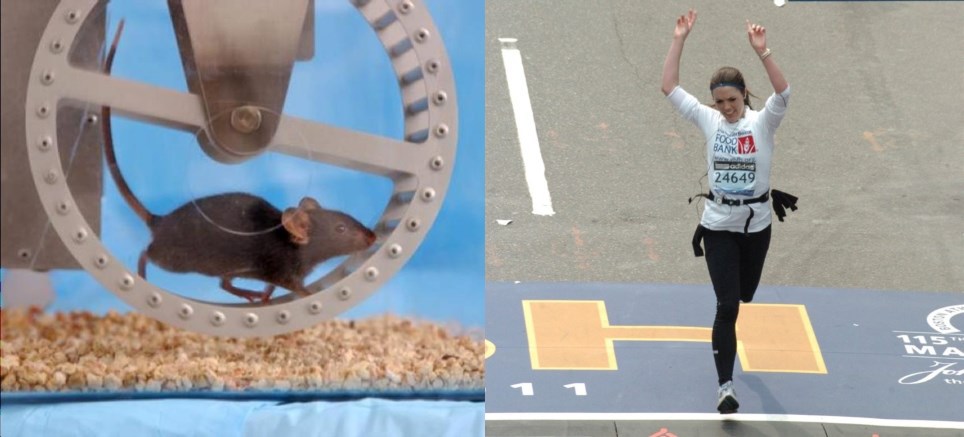 Credit: Henriette van Praag/MarathonFoto
Credit: Henriette van Praag/MarathonFotoA new study shows that a single bout of physical activity can have significant positive effects on people’s mood and cognitive functions.
Several exercise based treatments are currently used to address cognitive impairments, Alzheimer’s disease, movement disorders and depression. The new study shows how even one session of physical activity results in a wide range of brain changes in humans and animals.
Run more
7. Blue brain team discovers a multi-dimensional universe in brain networks
Using algebraic topology mathematicians have found structures in the brain with up to eleven dimensions. The mind-bending work is beginning to reveal the brain’s deepest architectural secrets.
Researchers are now intrigued to discover whether the intricacy of tasks we perform depends on the complexity of the multi-dimensional structures.
The 11th dimension
8. Shining light on brain cells that coordinate movement
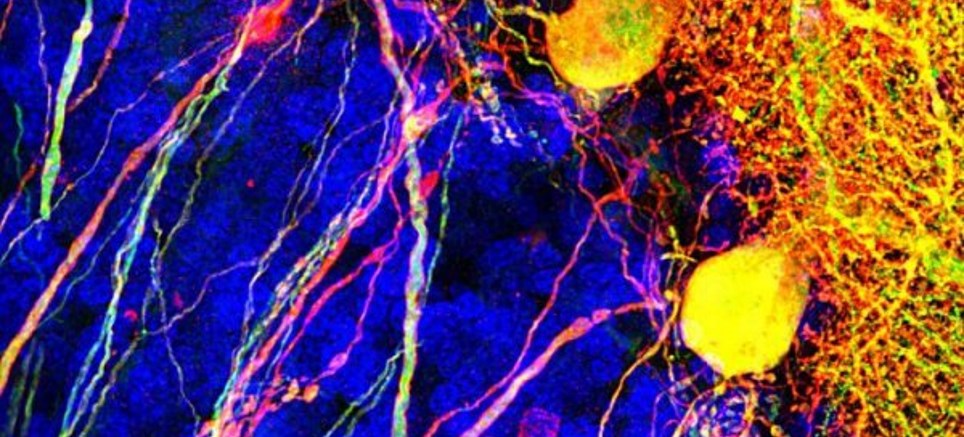 Credit: Horwitz Lab/UW Medicine Seattle
Credit: Horwitz Lab/UW Medicine SeattleResearchers show that it is possible to use optogenetics in the adult brain of an animal model by inserting a gene into specific cells. Expressing the channelrhodopsin-2 gene within these cells enables the researchers to elucidate the functions of the cells in the brain’s circuitry and alter behaviours. The hope is that it will eventually be possible to treat conditions like epilepsy using optogenetic techniques.
Moving stuff
9. Neuron-integrated nanotubes to repair nerve fibres
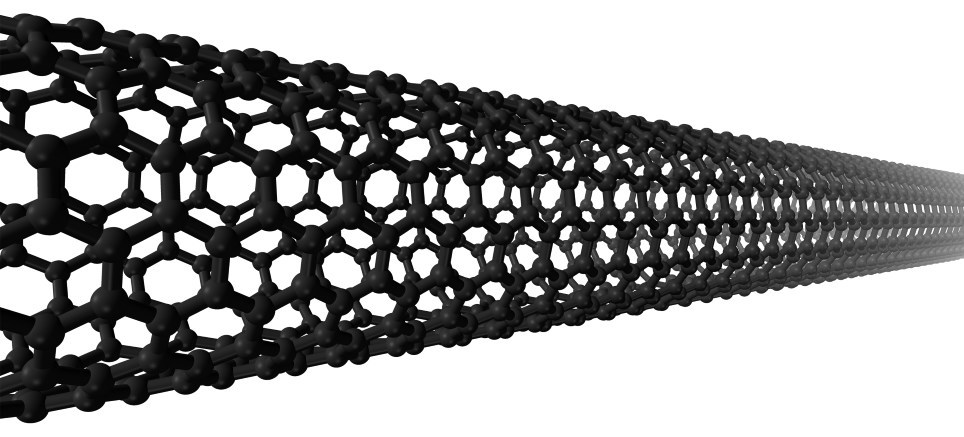 Credit: Wikimedia Commons
Credit: Wikimedia CommonsThe characteristics of carbon nanotubes make them particularly suited to the construction of special hybrid devices with biological tissue. They may be useful as prostheses that enable an effective re-establishment of neural connections by integrating into the nerve fibres.
Fix your brain
10. New tool to identify and control neurons
Researchers have begun to build a solid understanding of the biophysical, molecular, and cellular interactions of neurons, but directly relating the biology to behaviours is an ongoing challenge.
At the Max Planck Florida Institute for Neuroscience, scientists have developed the Cal-Light system which uses calcium imaging and optogenetic techniques to link fluorescent gene expression with both activity and light. They can use this system to find precise relationships between neuronal activity and certain behaviours.

)